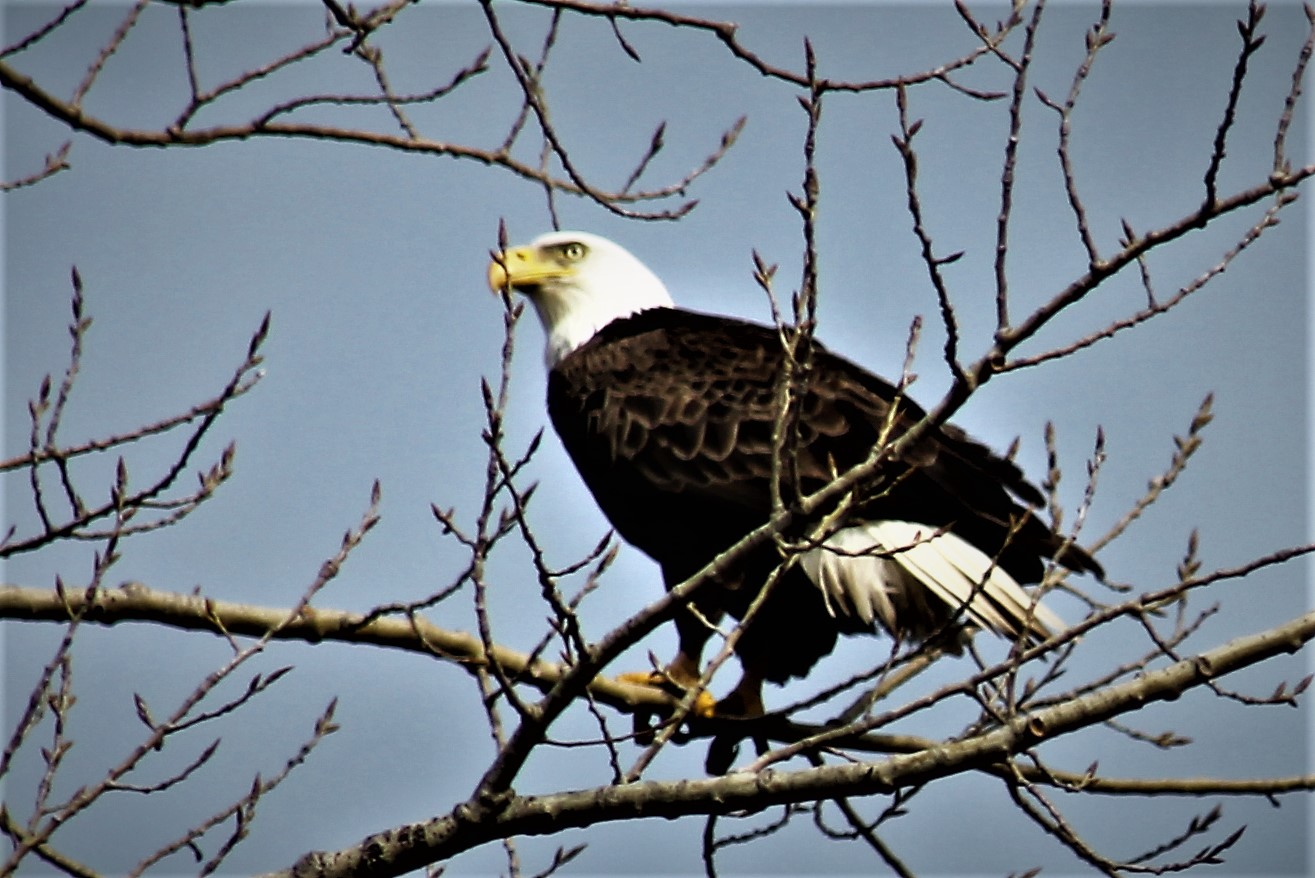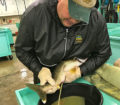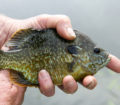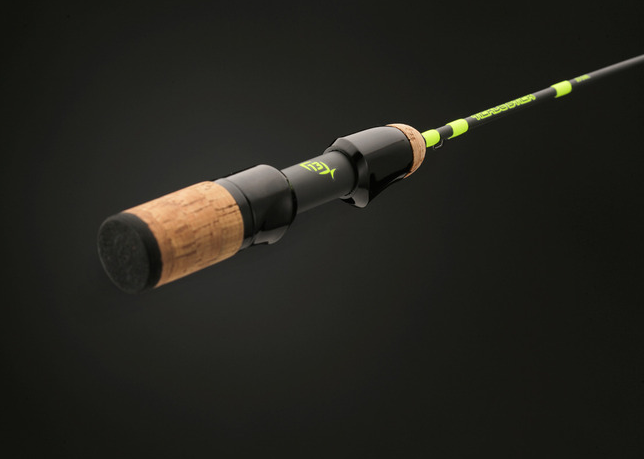 Spring is here, and one of my favorite things to do this time of year is watch the returning migration of so many kinds of birds that pass through
Spring is here, and one of my favorite things to do this time of year is watch the returning migration of so many kinds of birds that pass through
my area.
With each passing year I see more and more bald eagles. Not that many years ago these great birds were on the endangered species list, but now I
see them almost daily in the great lakes area where I live.
It was determined that the cause for their population decline was linked to the chemical pesticide DDT. The chemical caused the eagle eggshells to become soft, and the shells would actually break under the weight of the adult bird that was incubating them, leaving the nest useless.
The chemical was eventually outlawed for use in the 1960s-1970s, the result was the gradual increase in the eagle population, giving us the chance today to observe this wonderful bird.
The story of the eagles’ recovery can be matched by another beautiful bird, the wood duck. They too saw drastic declines in their population. Wood duck numbers were so low in the early 1900s that the chance of them becoming extinct was very real. Loss of habitat and over-hunting were the
major factors for their declining numbers.
Then in 1918 the Migratory Bird Treaty Act banned the hunting of wood ducks. At that time there were still areas of habitat that were not suitable to turn into farmland, giving the wood ducks a small safe haven. In the 1930s it was found that wood ducks located in areas with low numbers of nesting trees, that is trees with hollow limbs with holes in them for the birds to lay their eggs, were more than happy to make use of manmade nesting boxes to raise their young. Basically, wood ducks need a cavity in which to nest, and an adjacent wetland that contains some trees,
shrubs, and thick vegetation that is home to large numbers of insects for the ducklings to eat.
And this was the beginning of their come-back!!! In 1941 the hunting ban was removed, making it legal to once again harvest wood ducks
Thanks to the work of biologists, organizations like Duck Unlimited, and the average outdoorsman with a heart to help,there are now an estimated 300,000 nesting boxes scattered across america.
I have always had a passion for nature, and 5 years ago started doing wild life and nature photography as a hobby. I love every minute I spend
camera in hand, my favorite target with a camera lens, the drake wood duck in all of his beauty. It took many years,and to watch this pretty bird in all
of his glory, also knowing it’s recovery story, makes it even more BEAUTIFUL !!!!!!!!!!!!!!!


















